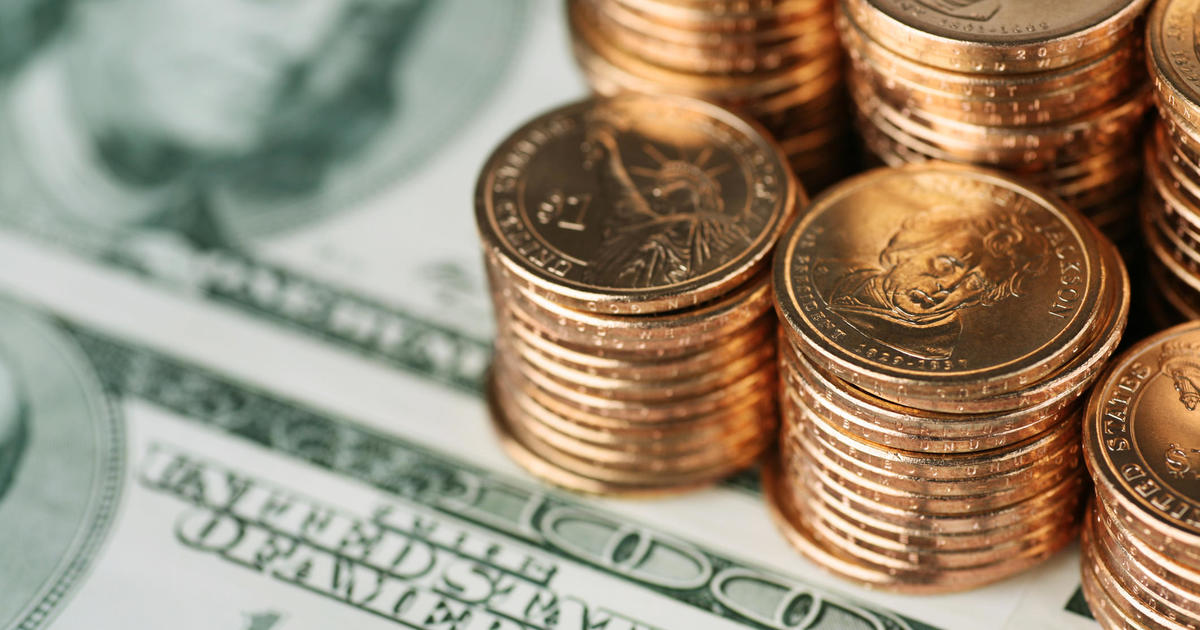3 tips for stretching your dollar at the grocery store
Even with the passage of the Inflation Reduction Act, consumer prices continue to rise at nearly the fastest pace in 40 years.
Perhaps nowhere is the impact of searing inflation more acutely felt than in the grocery aisle, where the cost of staples like eggs, milk, flour and chicken are eating into household budgets. Food at home — or meals prepared from grocery purchases — rose 1.3% last month, with all major grocery store categories seeing price jumps, the Labor Department reported last week. Egg prices are up a whopping 38% from a year ago, while other items seeing double-digit increases include flour (23%), butter (22%) and coffee (20%) government data show.
Americans are spending more money on groceries than last year, according to LendingTree. Households spent an average of $408 a week on food last month, up from $318 in May 2021. Residents of Delaware, Montana and Vermont saw the largest increases in their grocery bills, the lending marketplace found.
As Americans look for ways to protect themselves from inflation, here are three tips to ensure your next trip to the grocery store doesn't break the bank.
Make a list
It may sound obvious, but the value of a shopping list is not to be underestimated.
"Make a list before you go to the grocery store," advised Roy Paul, executive director of Cents Ability, a nonprofit group that advises young people on personal finance. Not only can a grocery list save you from squandering fuel on a second trip to the market, it also can avert buying an item you don't need.
Said Paul, "How many times have you purchased something, only to get home and realize you already had it?"
And with all the temptations and cleverly positioned supermarket displays aimed at spurring an impulse buy, a shopping list can keep you focused on getting what you need without spending a penny more.
Look for store brands
"There are a lot of people, they get very 'bougie' when they get into a grocery store," Paul said, encouraging people to jettison pricey brands in favor of more affordable store brands.
Store brands, whether for basic or premium food items, are generally cheaper than name brands because there is no advertising that adds to the cost, CBS Minnesota recently reported.
Once considered lower in quality, the perception of store brands has changed over the years, Todd Maute, a partner at retail research firm CBX, told CBS Minnesota. He points to the success of Trader Joe's, where 95% of what it sells is store brand.
Check the expiration date
Another way consumers can save money is by cutting down on food waste. Properly storing perishable foods in quality airtight containers, freezing fruits that won't be eaten right away and keeping your refrigerator organized can go a long way in reducing waste.
Paul also recommends checking expiration dates, particularly at smaller markets. "If you're at a corner store or a bodega, they're more susceptible to having items that are expired," he said.
Keep in mind that expiration dates don't necessarily mean a food or beverage is spoiled, but rather serves as a general guideline for the quality. Regardless of the date printed on a package, check for signs of spoilage before consuming.



